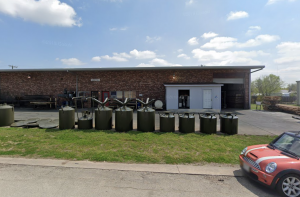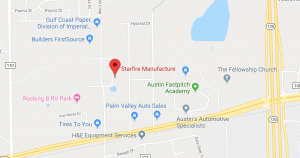In a recent case, the state’s Supreme Court ruled against a plaintiff in a Texas workplace injury case. The plaintiff was employed by an energy company, where his employer and another energy company were drilling for oil. The incident that resulted in this lawsuit occurred when an employee of the other energy company asked him to clean up a spill of fracking liquid; however, the employee did not provide him with any protective gear. Evidently, the liquid contained toxic chemicals that came into contact with the plaintiff’s body. The plaintiff’s skin was burned when it came into contact with the liquid, and within hours, he was in severe pain. About four months later, he was diagnosed with squamous cell cancer.
Procedural Posture
About two years after being diagnosed with cancer, the plaintiff sued several entities but did not include the energy company that employed the employee who instructed him to clean up the spill. However, shortly thereafter, the plaintiff amended his petition to include the company, alleging that it was negligent in allowing the liquid to leak and asking him to clean it up without protective measures. He argued that the company was liable for his cancer, which was a new illness that developed from his exposure.
The energy company argued that they were entitled to summary judgment because the claim was filed past the statute of limitations. The plaintiff argued that the statute of limitations was tolled because he could not have known about their negligence until after he was diagnosed with cancer. The trial court granted summary judgment in favor of the company, and the court of appeals then reversed the decision. The defendant then appealed to the Texas Supreme Court.
Continue reading →



 Texas Injury Lawyers Blog
Texas Injury Lawyers Blog

